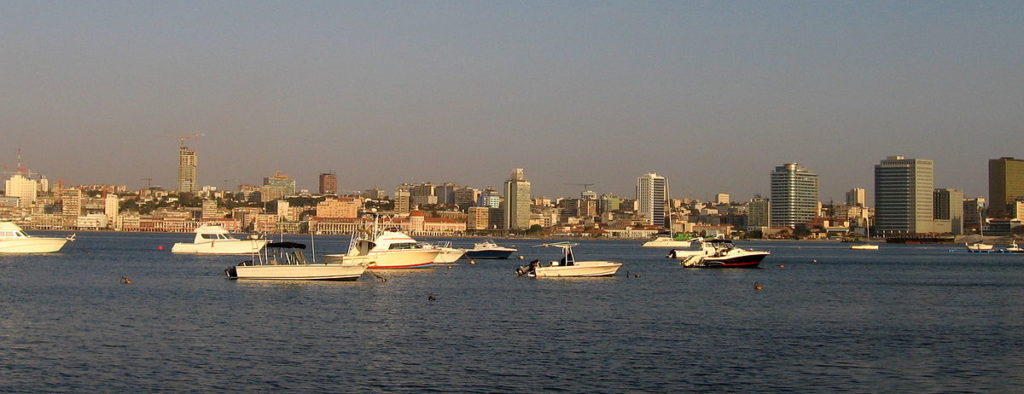Angola, a country which has been within the grasp of heavy war for decades. Angola got her independence in the year of 1975. But another dark era was waiting for them. Just after achieving their independence in 1975, the civil war began lasted till 2002, which means for almost 27 years!
But the best part is, within a very short period of time Angola has become one of the best places in the sector of wildlife beauty. This country is one of the safari destinations in Africa.
The government has taken many initiatives to save the wild animals especially the Elephants. They are trying to lessen the threat of illegal hunting by ending poaching and ivory trafficking. The wild animals were used as foods during the civil war. As the war has ended, thus the government has decided that it is high time they established peace for the wild animals as well. With a view to doing this, they have been taking necessary initiatives.
People can now enjoy and experience wildlife in any of Angola’s national parks. One of the parks is the ‘Kissama National Park’ which is located in the northwest part of Angola. This park is 70km away from the capital city of Luanda. This park covers almost 3 million acres. This park is special because it is the home of various animals- from antelopes to zebras. This place can be compared to the tourists’ paradise. Tourists have been able to spot buffalo and birds in deep areas. It is notable that, this park was also the site of Operation Noah’s Ark which helped to relocate elephants from the overpopulated parts of Africa.
Another tourist spot is – the Cameia National Park. This is a park in the Moxico province of Angola, which is about 1100km above from the sea level. This park mainly shares its name with the nearby municipality named Cameia. The park has an area of about 1445 square kilometers. A big part of the park consists of seasonally inundated plains which is formed part of the Zambezi river basin. The northern part of the Cameia National Park drains into the river of Chifumage.
Luiana National Park is one of the parks which are governed by the Ministry of Hotels and Tourism. This park was established in 1966 consisting of an area of 840 square km. This park is located in Cuando Cubango, Angola.
There are many more parks in Angola which represent the wildlife beauty of the country. Some of them are – the Longa-Mavinga National Park, the Mucusso National Park, the Mupa National Park, the Bicauri National park, the Cangandala National park and so on.
All these parks represent the scenic beauty of Angola. Tourists are paying interests to visit such places. But there are many obstacles there which are stopping the tourists to visit these places. The government has been trying their heart and soul to abolish the problems. Besides, it is also the duty of the mass people. People have to help the police tackle the poachers and other sorts of criminals so that they can’t do anything illegal. In this way, a combined effort of both the government and people can sort out the problems and make the wildlife tourist places safe.
Source: Euronews.
Photo credit: Bay of Luanda (view from the Island of Luanda), Angola. June 2008. Author: Paulo César Santos


